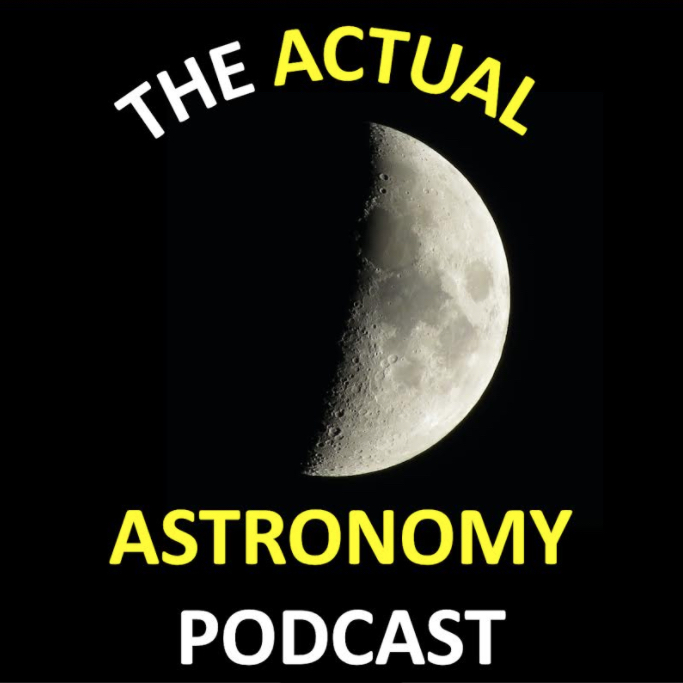In this episode Actual Astronomy read several listener emails including Observing Saturn, Equipment reports, telescope making, public outreach, a supernova photo and more!


In this episode Actual Astronomy read several listener emails including Observing Saturn, Equipment reports, telescope making, public outreach, a supernova photo and more!

Can stars explode? Oh yes, they can. In fact, some of the most powerful explosions in the universe come from stars at the end of their lives

How did astronomers actually figure out how far away everything is? It’s not a single measuring stick. Get out your ruler… no, the bigger one… never mind… just listen.

We say it all the time here on Astronomy Cast: the Universe is trying to kill us. This week, Pamela is joined by Dr. Phil Plait to discuss his new book, Death from the Skies. Phil and Pamela talk about asteroid strikes, solar flares and gamma ray bursts.

The night sky isn’t still. It’s full of brief, brilliant flashes called transient objects. In this episode we explain what they are, why they matter, and how you can help chase them!

Today’s top story focuses on the Blue Ring Nebula, a phase of a star merger never seen before, providing missing link for merger progression

If we can accurately detect neutrinos being emitted during supernova, we might be able to get on target before the light show even starts.


Two new papers examine how the Milky Way galaxy was formed and how it evolved. Plus, we take a look at stories on the prospects for life elsewhere in the cosmos.

What will happen to Betelgeuse? How bright will it get? When will it go supernova? Will we get to see it? How do we predict supernovas?